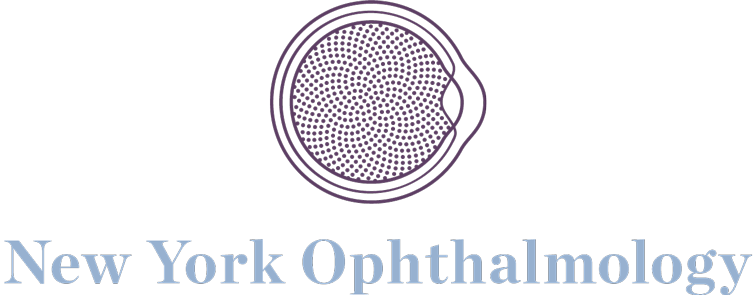Do you often wonder how common are cataracts among the elderly?
Let’s do a little math. By the age of 80, more than half of Americans will either have a cataract or have undergone cataract surgery. Annually, more than 3.5 million cataract surgeries are performed every year in the United States.
Technology is evolving day by day. With machines taking place in the medicinal world, that day is not far when there’s easily accessible treatment available for patients worldwide.
In this blog, we will discuss in detail what is femtosecond laser-assisted surgery? What’s the difference between traditional and laser cataract surgery? What are the best options available for residents of New York City and Long Island?
Why one should consider Femtosecond Laser-Assisted Cataract Surgery?
Traditional cataract surgery is the most common surgery and is recognized as being safe and effective. Nowadays traditional cataract surgery is performed using a laser. It is an advanced cataract surgery performed by using femtosecond laser technology. The femtosecond laser is used to make the precise and accurate incision for the surgery.
Are you wondering how laser-assisted cataract surgery is different from traditional surgery?
Let’s discuss. There are three main steps involved in the surgery for both traditional and laser-assisted cataract surgery. These three steps are:
- Incision in the eye – In Traditional Cataract Surgeries, the ophthalmologist uses a handheld blade to create an incision in the cornea for accessing the cataract. Surgical instruments are used to manually create an opening in the lens capsule that holds the cataract. The aim is to make the precise corneal incision and opening in the lens capsule circular in the right size and location to fit the replacement lens. Whereas, in Laser-assisted surgery, the laser is used to make the corneal incision with exceptional precision. Moreover, ophthalmologists can create a circular opening with the exact intended size, shape, and location using the precision of the laser. The accuracy of a femtosecond laser-assisted is ten times more than what is achievable by hand. The laser is used to soften the hard cataract and segment it into manageable pieces before entering inside the eyes with instruments.
- Removal of the cataract – The next step is to remove the tissues, break up and remove the cataract. In traditional surgery, surgeons insert a mechanical instrument into the eye and use ultrasound energy to initiate the breakup of the hard cataract into pieces that are small enough to remove. In laser surgery, the softening of the lens by the laser enables your ophthalmologist to remove the cataract more gently and significantly with less ultrasound energy as compared to traditional manual cataract surgeries. This gentle, low-energy approach can make the visual recovery more rapid.
- Replacement of the lens – For both traditional and laser-assisted surgery, the precision of these steps sets the stage for accurate positioning of the replacement lens. It is critical to achieving the accurate positioning of the replacement lens for the desired visual outcome.
Depending on your preoperative vision and desire to reduce the dependency on glasses. The ophthalmologist may recommend a treatment plan that could include a specific lens implant type that needs an additional incision in the cornea.
In traditional surgeries, these incisions are made with a handheld blade. With laser-assisted surgery, your ophthalmologist will create these incisions exactly as intended with laser precision.
What are The Patient’s Benefits?
- Highly customized precision with advanced 3D images
- A treatment with little or no discomfort
- More precise treatment
- Gentle and easier cataract removal
- Rapid visual recovery
The choice is yours!
Now that you are aware of the Femtosecond laser-assisted cataract surgery, you must be wondering:
How long does femtosecond laser-assisted cataract surgery take?
The surgery is completed within 15-20 minutes.
How long does it take to recover from laser eye surgery?
The recovery time is usually 24 hours, but depending upon the patient’s condition it might take two to three days.
Does insurance or Medicare cover laser surgery?
Laser cataract surgery is not covered by most insurance plans. It is costlier than traditional cataract surgery. It is always recommended to know what is covered by insurance while considering your options.
So how do you decide which type of cataract surgery to have?
Talk with a board-certified ophthalmologist about which is the best for you. If you’re looking for a consultation feel free to contact New York Ophthalmology or call 866-599-8774. We have 5 locations in Jamaica, Jackson Heights, the Bronx, Washington Heights, and Brooklyn to serve patients in New York City and Long Island. We are happy to help you and provide you with comfortable, gentle, more accurate, and highly customized treatment.
Leave a Reply
